Stir-fried pork tripe, a beloved dish in many Asian cuisines, is celebrated for its unique texture and rich flavor. When prepared correctly, it offers a delightful balance of chewiness and tenderness, paired with aromatic seasonings that elevate it to a gourmet experience. This article delves into the intricacies of creating the perfect stir-fried pork tripe, from selecting the finest ingredients to mastering cooking techniques that ensure a mouthwatering result.
Understanding the Star Ingredient: Pork Tripe
Pork tripe, the lining of a pig’s stomach, is a versatile ingredient that requires careful preparation. Its natural toughness demands specific cooking methods to transform it into a tender, flavorful delight. The key lies in cleaning, tenderizing, and cooking it properly. While tripe may seem intimidating to novice cooks, patience and attention to detail will yield a dish worth the effort.
Selecting the Right Tripe
Not all tripe is created equal. In Asian markets, you’ll often find two types: honeycomb tripe (the second stomach of the pig) and book tripe (the first stomach). Honeycomb tripe, named for its bumpy, hexagonal texture, is the preferred choice for stir-fries due to its tenderness and ability to absorb flavors. When selecting tripe, look for fresh, pale pinkish-white pieces with minimal fat and a firm texture. Avoid tripe that appears slimy, discolored, or emits a strong odor, as these may indicate spoilage.

Preparation: The Foundation of Flavor
Cleaning tripe is a critical step. Begin by rinsing it under cold water to remove any debris. Next, scrub the surface with a coarse salt and vinegar mixture to eliminate impurities and reduce any lingering gamey flavor. Rinse thoroughly again. For optimal tenderness, parboil the tripe in a pot of water with ginger, garlic, and a splash of rice wine. Simmer for 1–2 hours until it becomes pliable but not mushy. This process not only tenderizes the tripe but also infuses it with subtle aromatic notes.
Essential Ingredients and Seasonings
A great stir-fry hinges on the harmony of ingredients. For this dish, gather the following:
- Tripe: 1 lb (pre-cooked and sliced into thin, bite-sized pieces).
- Aromatics: Fresh garlic (4 cloves, minced), ginger (1 tbsp, grated), and scallions (3 stalks, sliced diagonally).
- Vegetables: Bell peppers (1, thinly sliced), carrots (½ cup, julienned), and onions (½, thinly sliced) add color and crunch.
- Sauce Base: A mixture of soy sauce (2 tbsp), oyster sauce (1 tbsp), Shaoxing wine (1 tbsp), sesame oil (1 tsp), and a pinch of white pepper.
- Optional Enhancements: Chili flakes, black bean sauce, or fermented tofu for depth.
The Stir-Fry Process: Heat, Speed, and Precision
Stir-frying is a high-heat cooking method that demands focus. Here’s how to execute it flawlessly:
-
Preheat Your Wok: A carbon-steel wok is ideal for even heat distribution. Heat it over high flame until it begins to smoke. Add 2 tbsp of peanut or vegetable oil—neutral oils with high smoke points work best.
-
Sear the Aromatics: Toss in the garlic and ginger, stirring constantly for 10–15 seconds until fragrant. Avoid burning, as this will impart bitterness.
-
Add the Tripe: Introduce the sliced tripe to the wok. Stir-fry for 2–3 minutes, allowing it to develop a slight caramelization. The high heat will seal in juices and enhance texture.
-
Incorporate Vegetables: Add the bell peppers, carrots, and onions. Toss vigorously for another 2 minutes, ensuring the vegetables retain their crispness.
-
Deglaze with Sauce: Pour in the pre-mixed sauce, stirring to coat all ingredients evenly. The liquid will reduce quickly, creating a glossy glaze. For a tangy kick, finish with a splash of black vinegar.
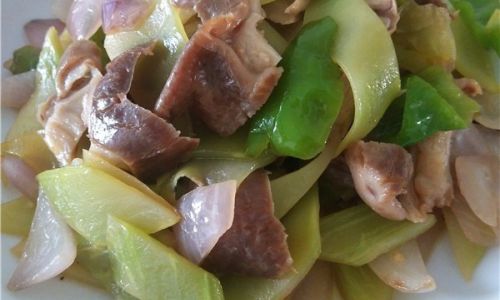
-
Garnish and Serve: Sprinkle with sliced scallions and a drizzle of sesame oil. Serve immediately with steamed jasmine rice or noodles.
Mastering Texture and Flavor Balance
The allure of stir-fried tripe lies in its contrasting textures. To achieve this:
- Slice Uniformly: Ensure the tripe is cut against the grain into thin, even strips. This promotes even cooking and tenderness.
- Avoid Overcrowding: Cook in batches if necessary. Overcrowding the wok will steam the ingredients rather than sear them, resulting in sogginess.
- Adjust Seasoning: Taste and adjust the sauce before serving. A pinch of sugar can balance saltiness, while an extra dash of soy sauce deepens umami.
Common Pitfalls and How to Avoid Them
- Tough Tripe: Overcooking during the blanching or stir-frying stage is a common mistake. Simmer the tripe until tender but not falling apart, and stir-fry briefly to retain its chew.
- Lack of Flavor: Marinating the tripe in the sauce for 15–30 minutes before cooking can amplify taste.
- Mushy Vegetables: Add heartier vegetables like carrots early, and delicate ones like bell peppers later to preserve their crunch.
Creative Variations and Pairings
Stir-fried tripe is incredibly adaptable. Experiment with:
- Spicy Twist: Add dried chili peppers or a dollop of chili bean paste for heat.
- Citrus Zing: A squeeze of lime juice or orange zest brightens the dish.
- Herbaceous Notes: Garnish with cilantro or Thai basil for a fresh finish.
Pair the dish with a crisp lager, jasmine tea, or a light riesling to cleanse the palate between bites.
Cultural Significance and Modern Adaptations
In Chinese cuisine, tripe dishes like this one often appear at banquets and family gatherings, symbolizing resilience and resourcefulness. Modern chefs now reinterpret the classic recipe, incorporating global flavors like kimchi or curry spices. However, the essence remains—a celebration of humble ingredients elevated through culinary craftsmanship.
Conclusion: The Joy of Perfecting a Classic
Stir-fried pork tripe is more than a meal; it’s a testament to the alchemy of fire, flavor, and technique. While it demands time and precision, the result—a symphony of textures and tastes—is deeply rewarding. Whether you’re a seasoned cook or a curious novice, mastering this dish invites you to explore the rich tapestry of Asian cuisine, one sizzling wok at a time. So, gather your ingredients, ignite the flame, and embark on a culinary adventure that transforms the ordinary into the extraordinary.
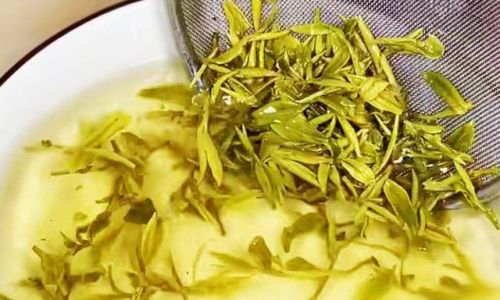
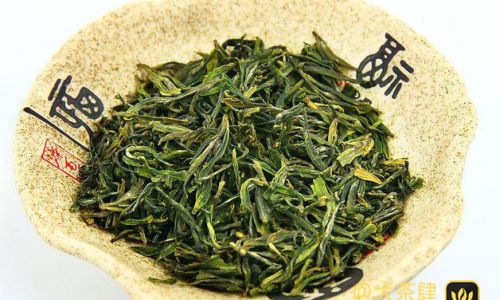
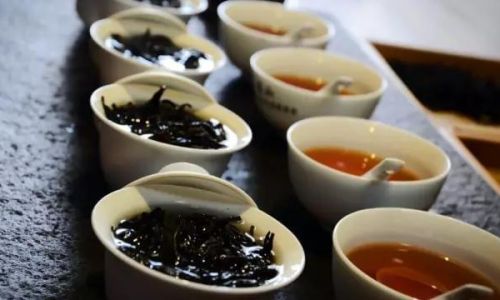
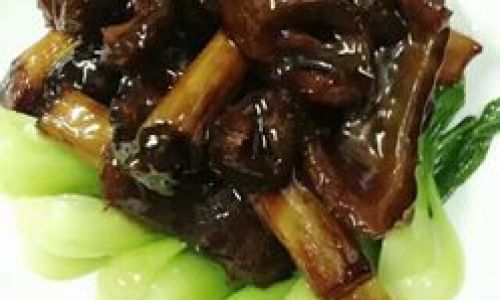
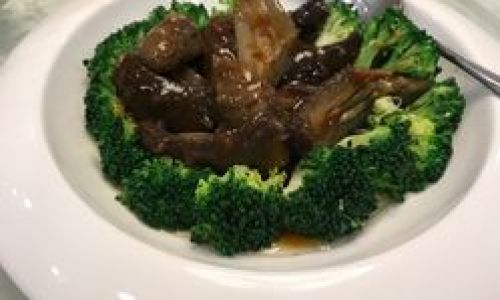
0 comments